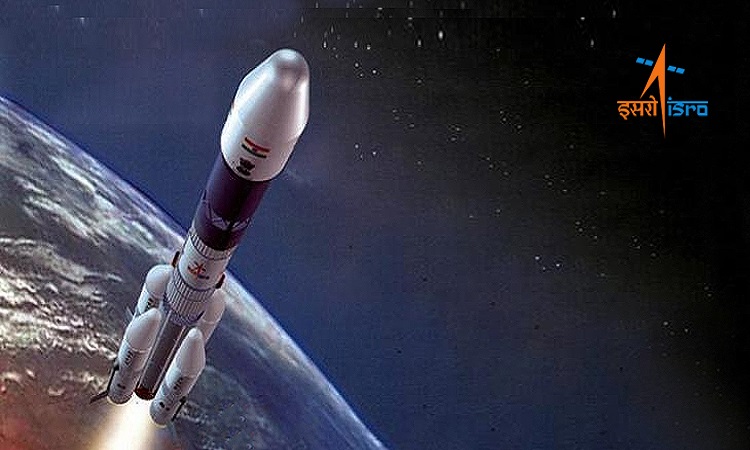Could there be any other work than the waste after the rocket dead sent by any work in space? The Indian Space Research Organization (ISRO) thinks dead rockets can also be useful. ISRO is working on a new technology in which it will use the Last Stage of PSLV Rocket for Space Experiments. In January, when ISRO launches PSLV C44, it will showcase its new technology.
Talking to the Times of India, ISRO chairman Sivan said that after releasing the satellite in space in the normal position, the last stage of the PSLV rocket becomes dead and it is considered as space garbage. He said that now we are working on a new technology where the dead rocket will be given life for six months. According to him, after this, it will be a very cheap way for discoveries in the space as ISRO will not have to launch a separate rocket for it.
According to ISRO chairman, India is the only country which is working on this technology. He said that PSLV C44, which is taking the microsat as a primary satellite in January, will be alive with the help of a new system. It will have batteries and solar panels. The rocket of the Last Stage will remain active even after the primary satellite is separated from PSLV. Students and Space Scientist will be able to use this rocket free for their space experiments. They will also be able to test it.
ISRO chairman told that this technique can be used in GSLV too. Siwan told that ISRO is going to announce the proposal for this proposal. Former ISRO Chairman and Space Expert AS Kiran explained the process. According to him, the rocket sent in space continues to roam in the last stage, without any control, in the same orbit, where it has released the satellite. According to him, to give it stability, additional fuel should be kept in a separate compartment. While doing so, it should be taken into account that its basic configuration should not tamper.
He further stated that after releasing the satellite, the last stage rotates in the rocket orbit and keeps falling. Finally, as soon as it comes into contact with the atmosphere of the Earth, it burns. He told us that by adding batteries and solar panels, we can increase the process for months. In this case, it can be contacted again by adding to the Ground station and students can use it for use. After this happens, they will not need to launch separate satellites for the experiment.




